Hello!
Today I am going to talk about planting in the warmer climates, specifically zones 7 thru 10. When planting in the warmer climates, the issue here is heat and not cold. The northern climates you deal with cold and not so much heat.
I am visiting my daughter and grand kids here in the northern Alabama area and was thinking, what is their vegetable growing season here compared to north? One of the major differences growing in the north versus the south is in the north the winter kills off bugs and other pests that will do harm to your garden. In the south those bugs and pest don’t die off. When gardening in the south people look for seeds that have some pest control in them.
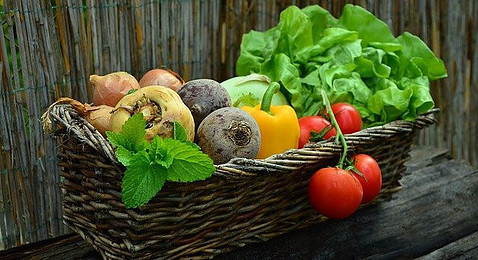
Growing Zone 7
Planting vegetables in zone 7, the early cool weather vegetables can start outdoors in early February. The crops that you can start is;
- Beets
- Broccoli
- Cabbage
- Carrots
- collards
- Kale
- Lettuce
- Onions
- Peas
- Potatoes
- Radishes
- Spinach
- Turnips
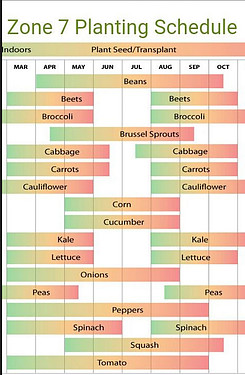
All these vegetables listed for zone 7 can be planted in colder zones, they just can’t start planting in the ground until end of May or beginning of June. The corn seeds can be planted in March for Zone 7. In April, you can plant the warmer season vegetable.
- Beans
- Cucumbers
- Eggplants
- Okra
- Peppers
- Squash
- tomatoes
Zone 7 gardeners, if they plan it right, they can have 2 growing seasons within the same year. It’s recommended to wait until the really hot weather has passed but not much after or the plants won’t have time to mature before winter. The cool weather plants can be planted in late August, September and as late as early October. As a reminder for zone 7 gardeners you can begin your seeds indoors before the first frost. This will help extend the growing season a little longer where carrots and broccoli could be planted twice in the growing season.
Growing Zone 8
Gardening Zone 8, covers most of the Pacific Northwest, a majority of America’s southern states including Texas and Florida. Living in Zone 8, the winters are mild and low temperatures of 10 to 20 degrees.
Planting vegetables in Zone 8, really follows zone 7. Zone 8 can start 2 to 3 weeks earlier in the summer and 2 to 3 weeks later in the fall. Zone 8 will have a longer planting season and can take advantage of 2 growing seasons like for zone 7.
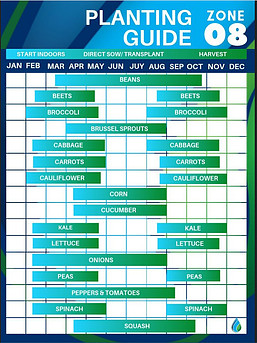
Growing Zone 9 and 10
Zone 9 and 10 gardeners, actually plant their cool weather crops and warm weather crops opposite of what we do in the north. The cold weather crops get planted late summer to early fall, because they hate the hot weather. The cold hardy crops could only be planted once a year and not be included in the 2 growing seasons because of the heat.
On the other hand the plants that like the heat, you could do 2 growing seasons with those or they would grow longer. The growing season for warm vegetables would be planted late March to early April in the garden and the second season would be planted in August or September, except for places like Arizona. Warm weather crops would be planted in August for the second season.
There are some considerations for the southern Gardner. During the hot to extreme hot temperatures, plants will absorb and release moisture to stay cool. Making sure to water frequently and add mulch to help keep the roots cool. Using mulch helps keeps the plants roots cooler and help keep moisture in.
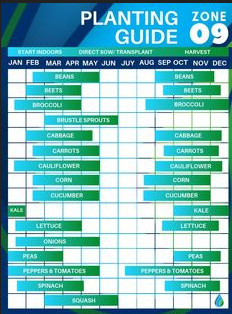
Zone 9 Winter Garden Vegetables – Frost Tolerant
- Beets
- Broccoli
- Brussels sprouts
- Cabbage
- Carrots
- Cauliflower
- Chard
- Collards
- Garlic
- Kale
- Lettuce
- Mustard
- Onion
- Parsley
- Spinach
- Turnip
Happy Planting!
Here is information regarding the vegetables and how they are grown in zones 7 thru 10. The important thing is to match the plants needs to the soil. Some cooler climate plants can survive in the warmer climate if the moisture stays in the soil.
A recommendation for the southern gardeners, is to plant with containers for the plants that can’t stand the heat, you can take them indoors during the hottest part of the day to protect them.
Anyone out there in grow zone 7 thru 10? Would love to hear about your planting season.
What are your favorite vegetables to grow?
Interested in a greenhouse? Check out my Review – Backyard Greenhouse Kits – By Clicking This Link Now!. They can be used for any climate and can be used for sitting areas too. In the review there are also cold frame options and covers for raised beds.
Please like and comment below!
If anyone is interested in other gardening tips please let me know
Cheers!
Chris

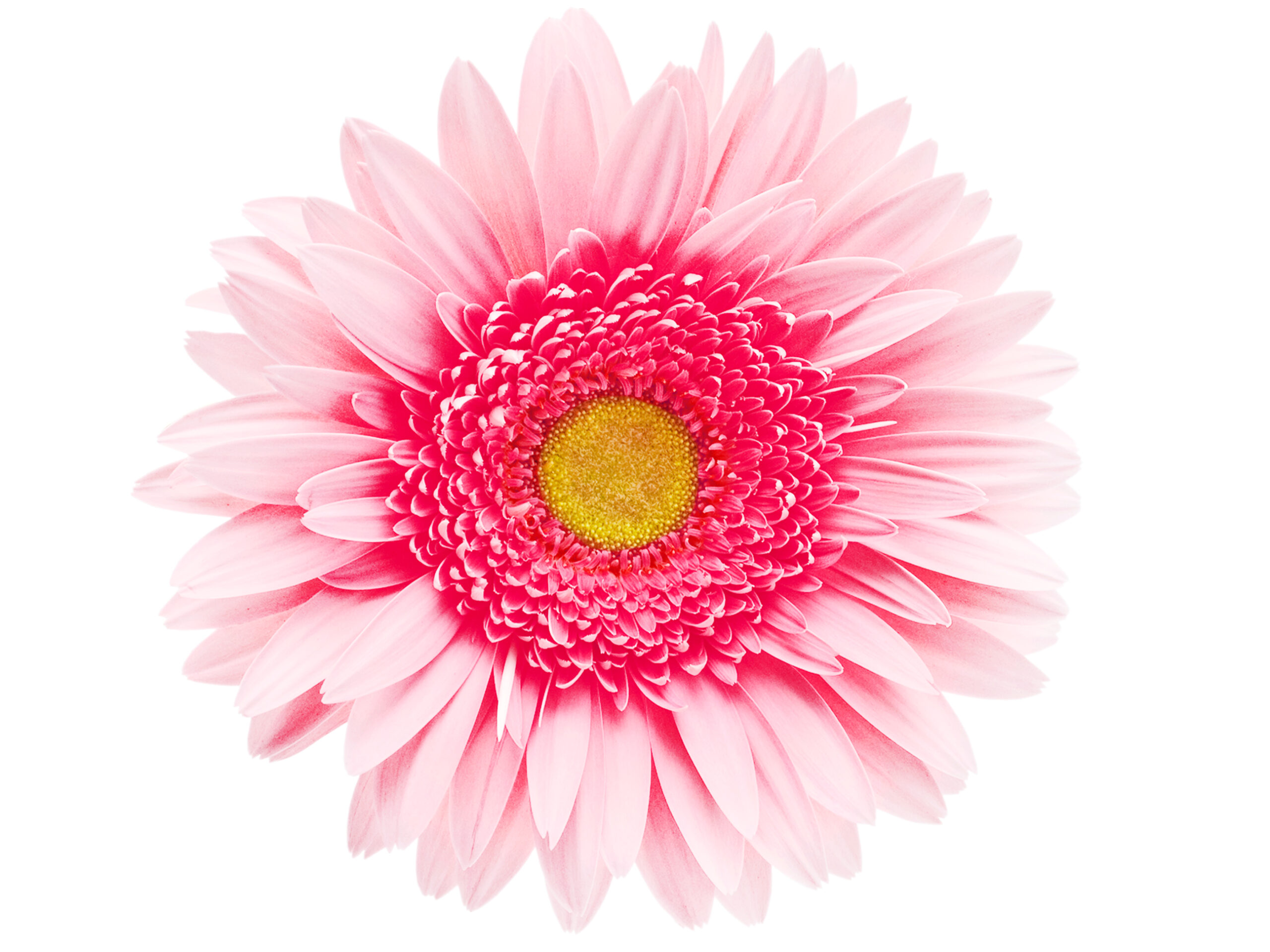
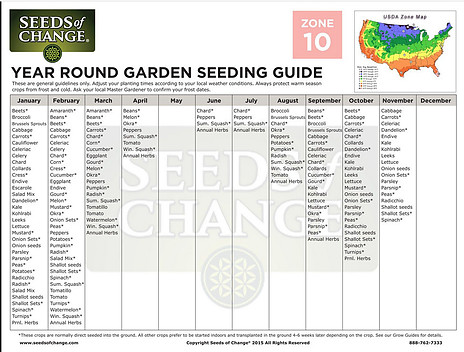

I love this site. The article is well written and provides a great reference for what can be planted when and where. I wasnt aware of the different zones for planting. I would like to learn more about zones.
Can you recommend where I can find the zone locations on the globe. Looking for zone locations.
Thank you
Chris
Yes all areas have a hardiness zone. Check out https://www.worldatlas.com/art… This site has the ability to look at countries all over the world for the hardiness zone.
And it was very informal things I didn’t know about plants
Thank you for your comment. Stop by for more gardening tips
Hi, I found your website to be interesting. I live in zone 5 myself. One thing I noticed right from get go was the affiliate links at the bottom, they jumped. Every time I would go to click on one, it would move. Not sure if that is a theme issue or what. I too have a problem similar to that.
Another I noticed, too me, is that the screen is very busy using 3 columns. I’m not sure where to look first. I do love the photos to the left and that is what caught my attention first. I do believe you have lots of knowledge in your niche and felt like I could definitely learn a lot about zone 7 through your website.
Good luck and happy blogging!
Hi Stacy,
Thank you for your comments. I have been thinking about not having 3 columns, I also am feeling like it’s busy and maybe move it back to 2 columns. The link moving, I am not sure what is meant by that. I tested all the links using my smart phone and all the links sent me where they needed to go. I will see if I can look at my website not as me, maybe I will see what you are talking about. Thank you for the advice, as I am kind of new. Please check back for more gardening tips!
My mom has a garden in the summertime. Here in Wisconsin, there are four seasons. I am aware that some things will not grow in the winter.
This article has given me a greater awareness of certain zones. It’s a nice reference to use if we would like to plant a garden in the southern areas. Also, I am intrigued by the fact there are two growing seasons in the warmer climates
Hi JC,
Thank you for your comments. I am in Michigan and also have the four seasons. Wisconsin get it before we do, LOL. Nothing is growing in the winter unless it’s indoors. I have to agree with you, the warmer climates, if they plan it right they can get 2 growing seasons. Its called succession planting. While the first batch is doing it’s thing, you start seed for the next round once the first batch of vegetables are done. They definitely have an advantage for growing!
I love how you write your articles, so easy to read and understand and for someone that has little knowledge in gardening in general can be very important. I am sure many people that want to start and have no clue what to do will find your articles very useful. Wish you all the best!
Hi Stratos,
Thank you for your comments and if you know someone who wants to start gardening or just wants information, please share my website with them.
That’s a good idea, regarding planting in pots to take the plants inside during the hottest parts of the day! I am in zone 6B, and we have a high tunnel that we use for growing. We have roll-up sides for when it’s warmer, and we also use shade cloth for certain plants when it gets even hotter. There are fascinating studies out there, regarding what percentage of shade is best for certain plants. For example, we read that 30% shade cloth is best for pepper plants. That percentage of shade almost doubled marketable yields! That could be a good option for the warmer climates as well, along with ventilation, which is always important for keeping air moving around the plants and keeping them dry so different fungal diseases don’t attack!
Hi Christine,
Great Name! That is actually my name! Thank you for your comments. I had not heard about the 30% shade cloth for pepper plants. Is that any kind of pepper plants? Good add to the post about keeping ventilation and air moving around when it gets really warm. Stop by for more Gardening tips and please share my site with others